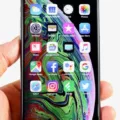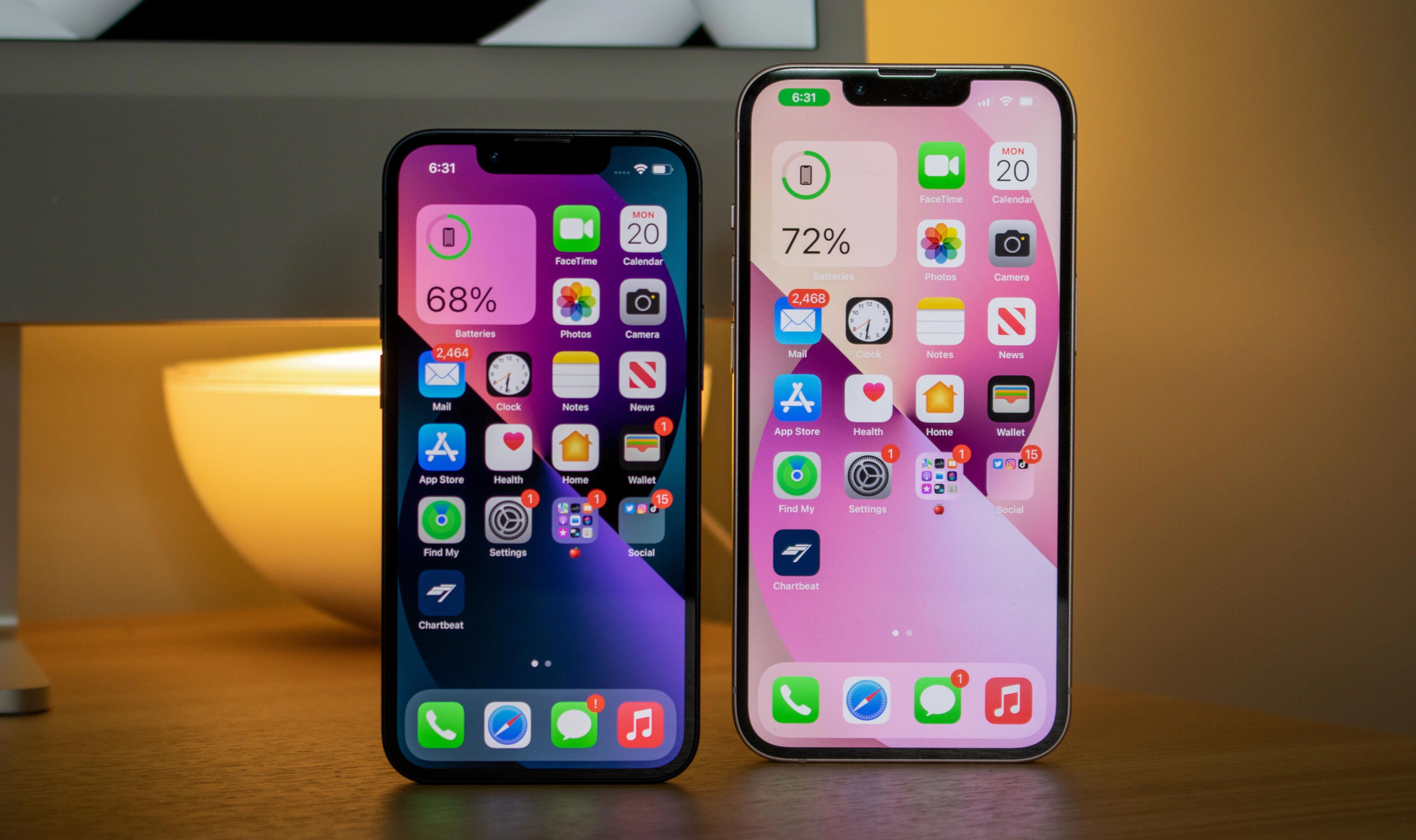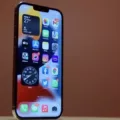We’ve all heard of Apple’s iconic iPhone, but have you ever stopped to think about just what materials it is made of? It turns out, the iPhone is composed of a variety of chemical elements, ranging from metals like aluminum and copper to lithium and silver – even gold.
The manufacturing process begins much earlier than the final assembly in China. A whopping 90% of rare earth minerals used in the iPhone are mined in this country, mainly in Mongolia. These minerals form essential parts of the phone.
The sleek design of the latest iPhones are achieved through the use of glass at both front and back with a stainless steel frame sandwiched between them. This surgical-grade stainless steel material is then color-matched with the glass for a seamless look. It’s also worth noting that Apple uses the same glass as its previous models such as the iPhone 12 and 13 lines for added durability.
All these components come together to form one amazing device – an amazing feat considering its small size! So next time you take out your iPhone for a spin, spare a thought for how it came to be and all the materials that went into making it so special.
Materials Used in the Construction of the iPhone
The iPhone is primarily made from aluminum, with some components containing other metals such as copper, lithium, and silver. The phone also uses rare-earth elements like neodymium and praseodymium. Other materials include plastic, glass, and ceramics. The home button contains a tiny amount of gold to provide electrical conductivity when pressed. All of the materials are carefully selected to ensure that the iPhone is both durable and lightweight. Apple takes great care to use environmentally sustainable materials in their products, including recycled plastic and responsibly sourced aluminum.
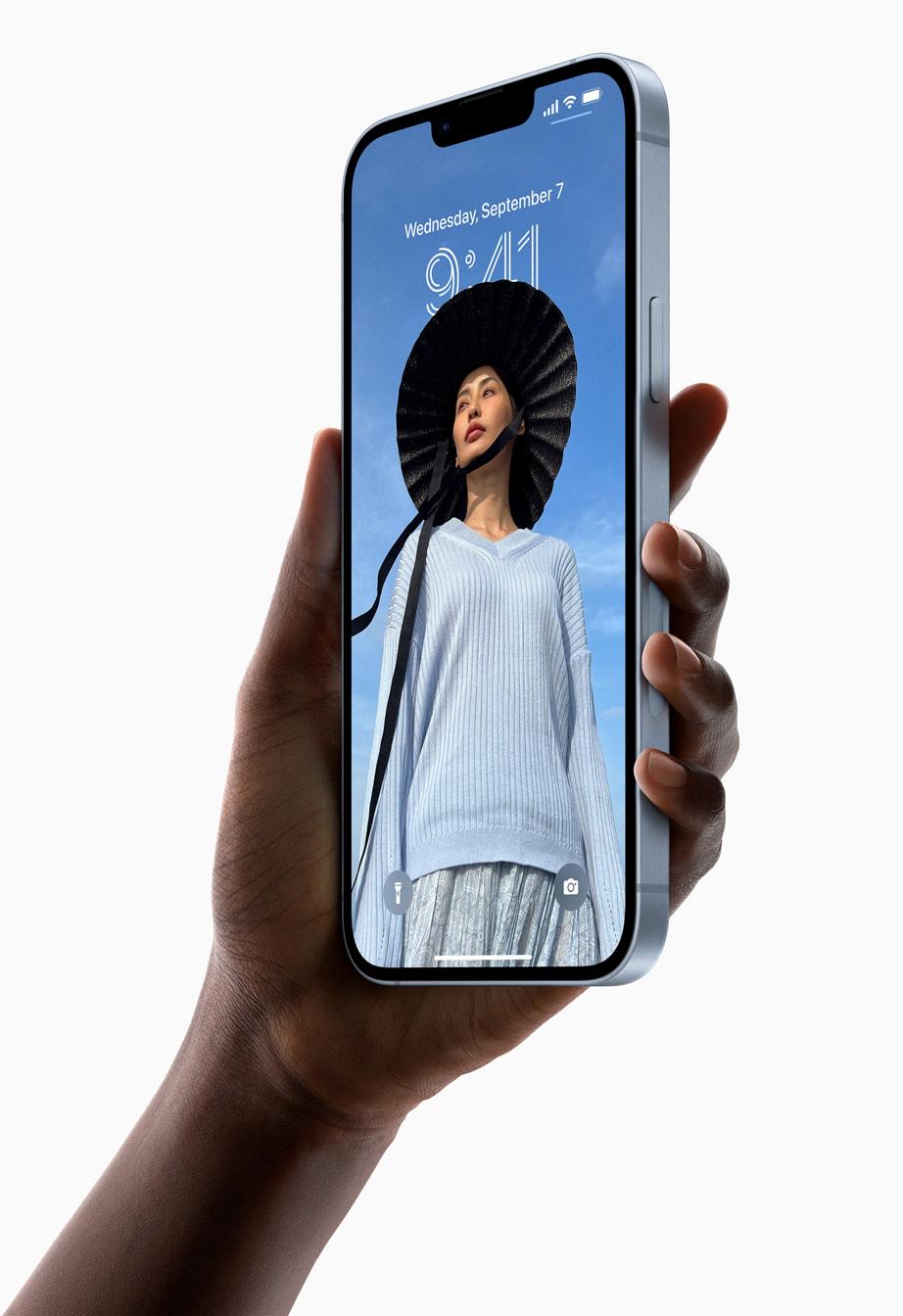
Source: apple.com
Where Are iPhone Materials Manufactured?
The materials for iPhones are largely sourced from China. Ninety percent of the rare earth minerals used to make essential iPhone components come from Mongolia, while many other parts and components are manufactured in Chinese factories. These materials include the aluminum casing, glass, and steel frame, as well as the chipsets, display panels, and batteries. Other countries like Japan and the United States also provide some of the parts that go into an iPhone.
Materials Used in the Construction of the iPhone 13
The iPhone 13 Pro and Pro Max are built with a combination of materials for a sleek, modern look. The front and back of the device are made from an all-glass material, while the frame is crafted from a stainless steel material with a surgical-grade finish that matches the color of the glass. Additionally, the buttons on the device are constructed with a ceramic material, while the SIM tray is made from aluminum.
Are iPhones Made of Glass or Plastic?
The iPhone is made of a combination of glass and plastic. The back of the phone is made of a durable glass material, while the front is protected by an Ion-X strengthened glass (on iPhone 12 series and earlier) or Ceramic Shield (on iPhone 13 series). The frame of the phone is usually made from aluminum, but some models use stainless steel or plastic instead.
The Material Used to Make iPhones
Yes, iPhone is made of plastic. In fact, for iPhone 13, Apple uses 35 percent or more recycled plastic in 12 components. The company is transitioning away from plastics made from fossil fuels to those made from renewable or recycled sources. This helps reduce their environmental impact and create a more sustainable product.
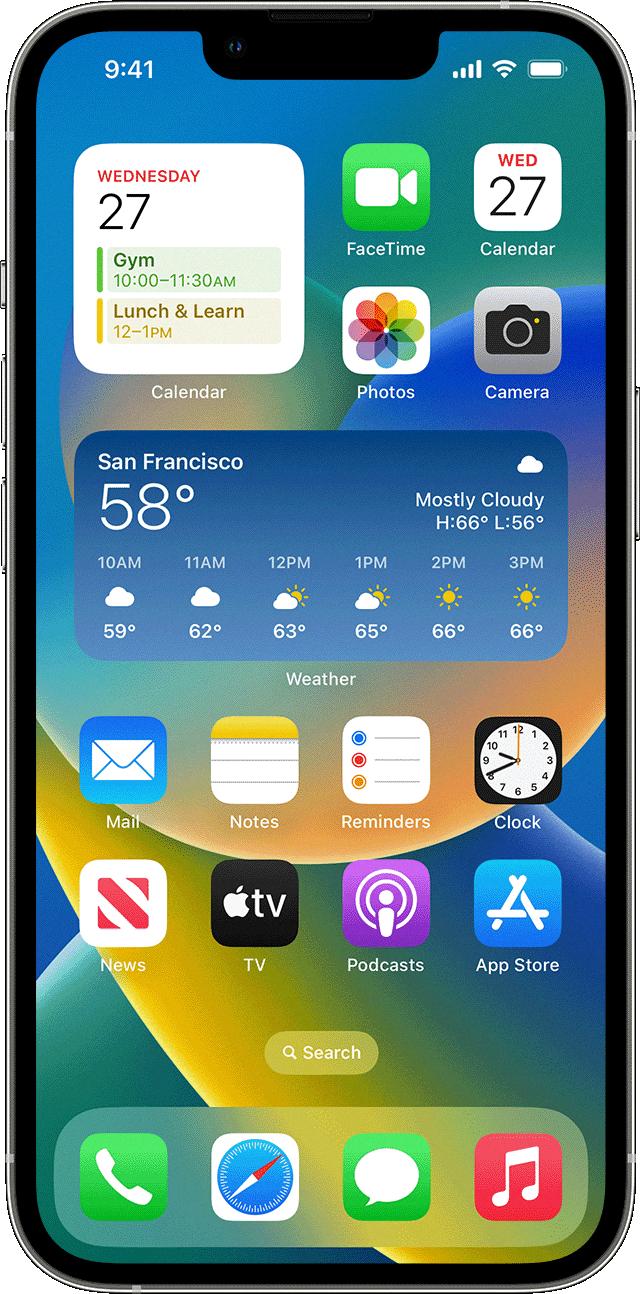
Source: support.apple.com
Are iPhones Made from Recycled Materials?
Yes, iPhones are made of recycled materials. Apple has set a new record this year by using 20% recycled material in the production of its products; this is the highest-ever use of recycled content. All iPhone models now contain components made from post-consumer recycled plastic and responsibly sourced materials such as aluminum, copper, tin, and cobalt. Apple also uses recycled rare earth elements in some of its products, including iPhones. Furthermore, Apple has recently announced that it will be using 100% recycled rare earth elements in all its products by 2030.
The Material Used in the iPhone 13
The iPhone 13 is a combination of plastic and metal components. It has 35% recycled plastic in various components, plus 98% recycled rare earth metals, 99% recycled tungsten, and 100% recycled tin in the solder of its main board and battery management unit.
The Material Used to Make iPhones
IPhones are generally made up of a combination of metal and plastic components. The majority of the phone is composed of metal, including titanium, iron, and aluminum. The back panel and sides of the iPhone are usually made from a durable plastic called polycarbonate. Additionally, some internal components such as the vibrator motor may be made from plastic as well.
What Materials Are Used to Make the iPhone 14?
The iPhone 14 and iPhone 14 Plus are made from durable aerospace-grade aluminum material, available in five attractive finishes. This material is lightweight and strong, offering protection to the device while also looking sleek and stylish.
Conclusion
In conclusion, the iPhone is an incredibly complex and sophisticated device. It contains an estimated thirty different chemical elements, many of which are rare earth minerals that are mined in China. The iPhone 13 Pro and Pro Max models feature a textured-glass back and an all-glass front, sandwiching a frame made from surgical-grade stainless steel. This makes for a sleek look as well as improved durability. Overall, the iPhone is a remarkable piece of technology that has revolutionized the way we communicate.

